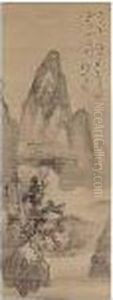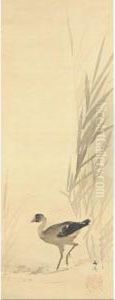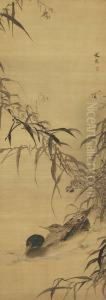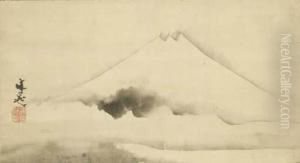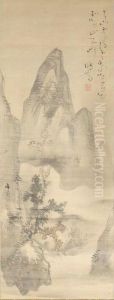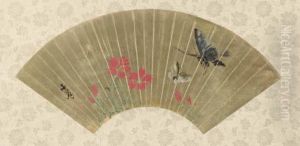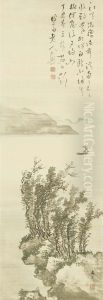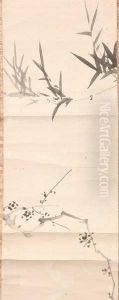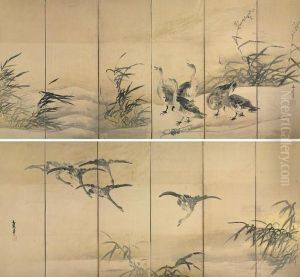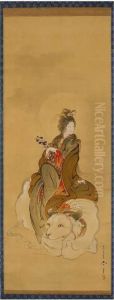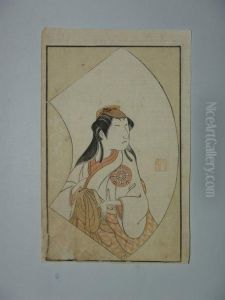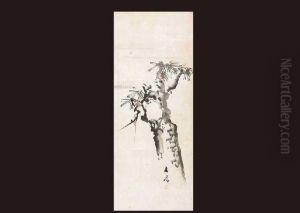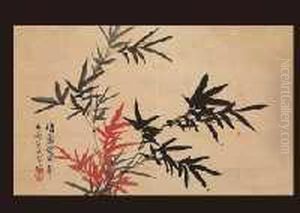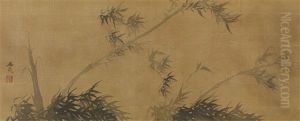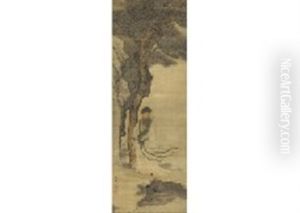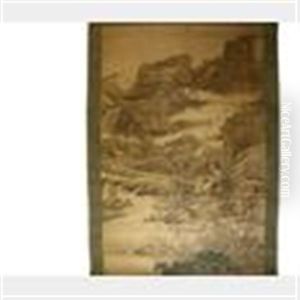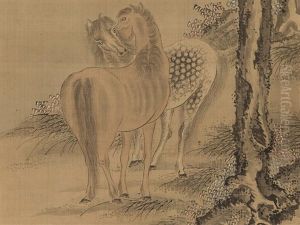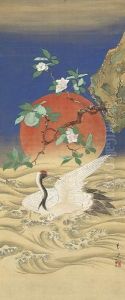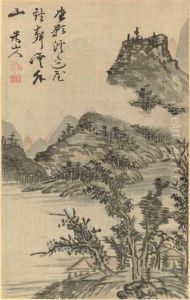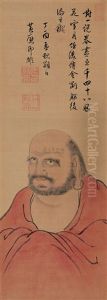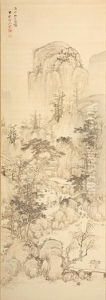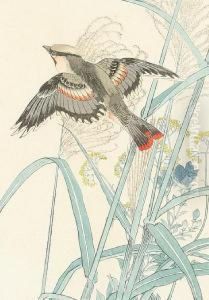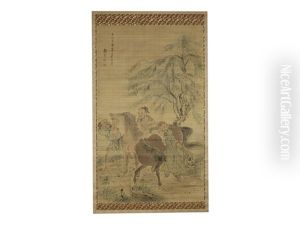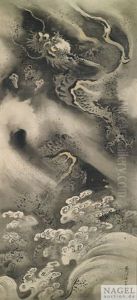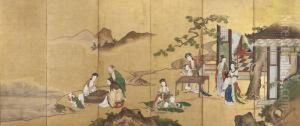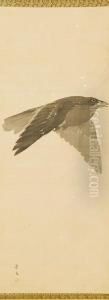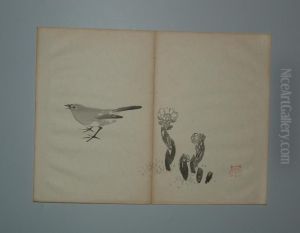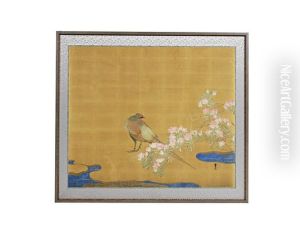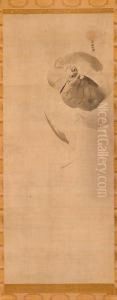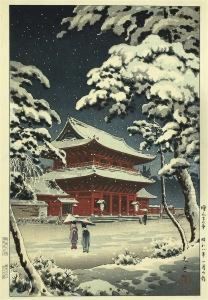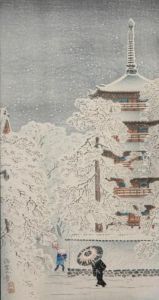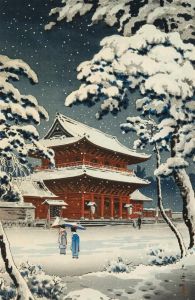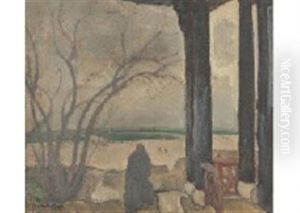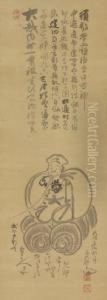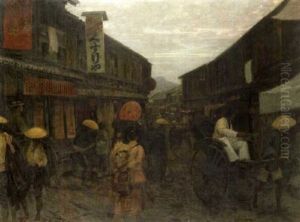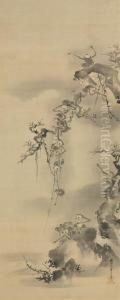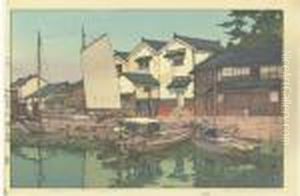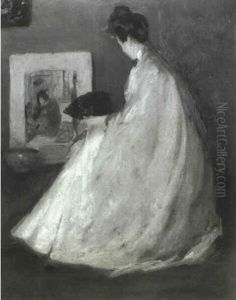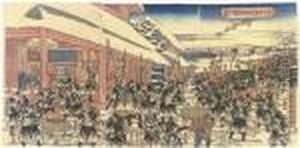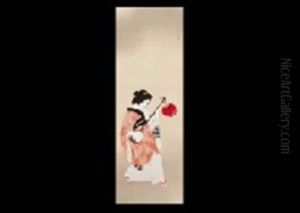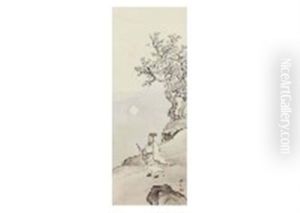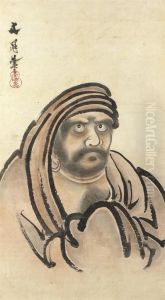





Bodhidharma
-
About Reproduction
Bring the timeless beauty of Tani Buncho's Bodhidharma into your home with a handmade oil painting reproduction. Carefully recreated on canvas by skilled artists using traditional techniques, this piece captures the delicate brushwork, subtle light, and vibrant color of the original masterpiece. With museum-level quality and rich texture, it brings elegance and artistic depth to any space. Enjoy free shipping and make this masterpiece a part of your personal collection.
-
Original Description
The painting Bodhidharma by Tani Bunchō (1763–1840) is a striking ink-on-paper depiction of the legendary founder of Zen Buddhism, exuding an aura of meditative intensity and disciplined simplicity. Bunchō, a prominent Japanese painter of the Edo period, masterfully captures Bodhidharma’s stern yet serene presence through bold, fluid brushstrokes characteristic of zenga (Zen painting). The figure’s penetrating gaze and minimalistic rendering reflect the Zen ideals of directness and spiritual focus. As a leading artist of the Nanga (Southern School) movement, Bunchō blended Chinese-inspired literati aesthetics with Japanese sensibilities, making this work a pivotal example of Edo-period Zen art. Its historical significance lies in bridging cultural influences while distilling the essence of Zen philosophy into visual form.
For a modern space, Bodhidharma would elevate a study, meditation room, or minimalist office, harmonizing with clean lines and natural materials like wood or stone. Its monochromatic palette pairs well with neutral tones or subdued earth colors, avoiding visual competition. A medium-to-large format (around 24" x 36") would balance impact without overwhelming, ideally displayed on a plain wall with focused lighting to accentuate the brushwork. Complement with sparing decor—a low wooden table, a single Ikebana arrangement, or a small Zen garden—to echo its contemplative vibe. In corporate settings, it signals focus and timeless wisdom, suited for executive suites or wellness areas. Avoid cluttered or overly ornate spaces, as the painting thrives in quiet, intentional environments.
-
Lead Time & Shipping
When you order this oil painting replica, it typically takes 2-3 weeks to paint. If the artwork is more complex, it might need a little more time to ensure the best quality. Once it's ready, we'll send you a photo for your approval. After you give the green light, we'll ship it to you for free.
-
Return & Refund
We believe in the quality of our hand-painted oil painting reproductions, and your satisfaction is our priority. If for any reason, you are not completely satisfied with your purchase, we offer a 45-day return policy. You can return your artwork within 45 days of receipt and receive a full refund. Please note that the artwork must be returned in the original packaging and in the same condition as it was received.





















